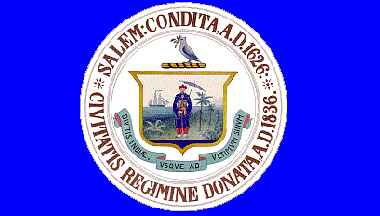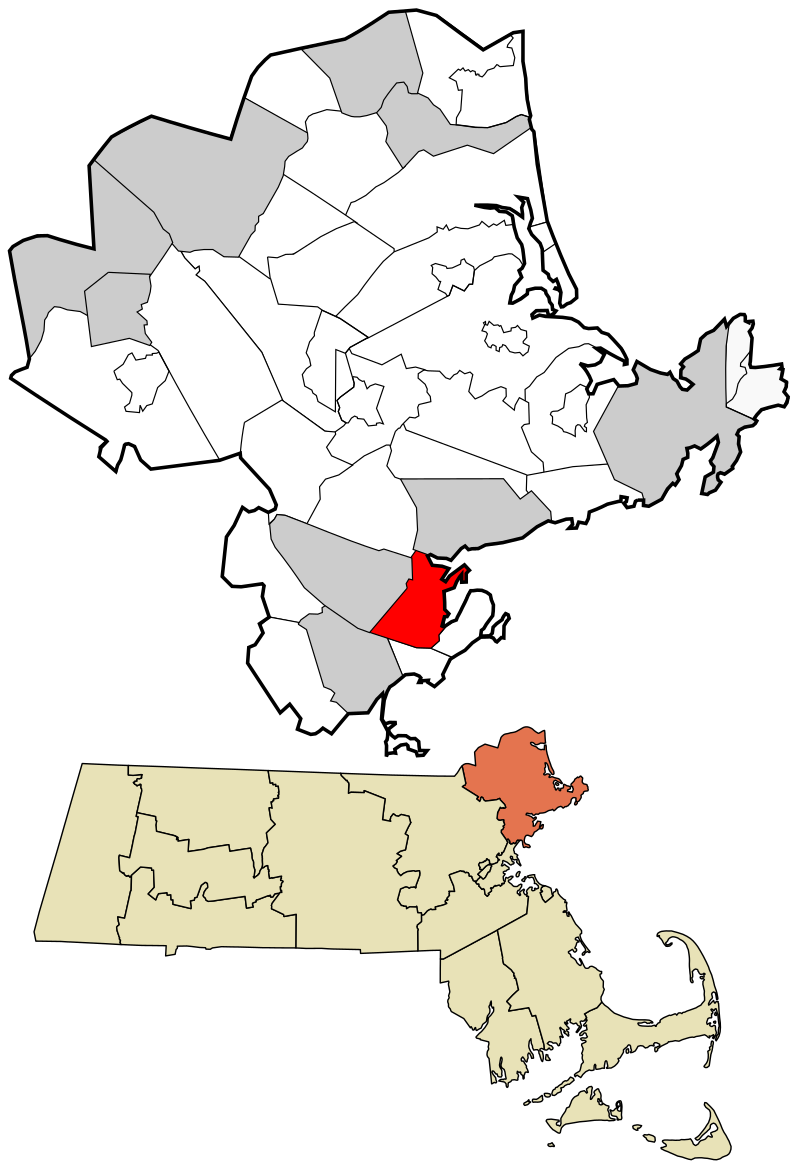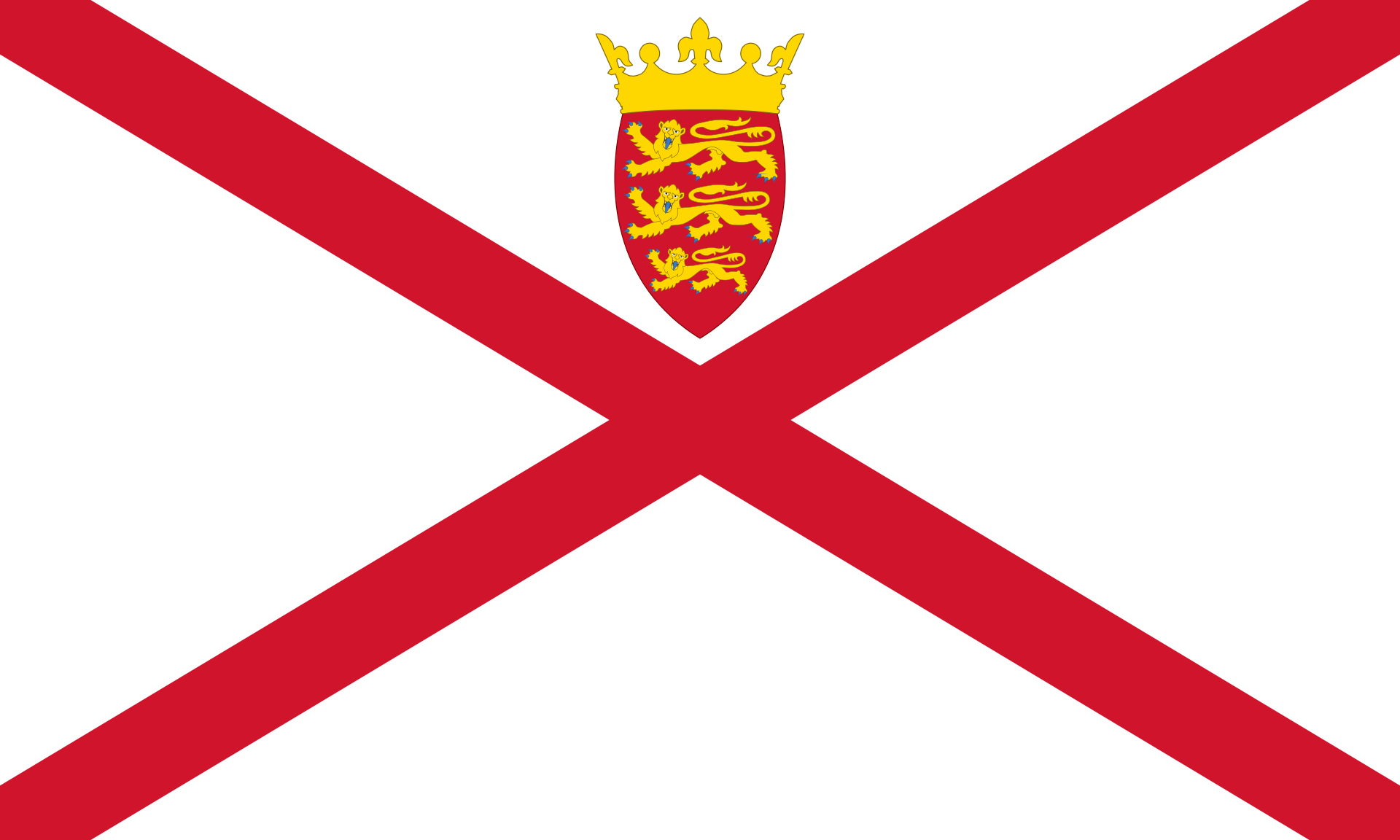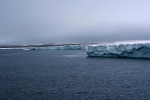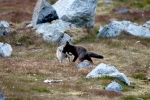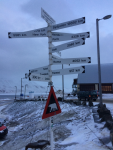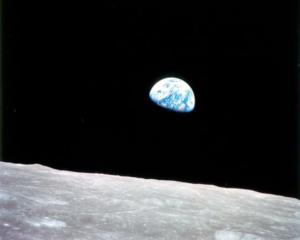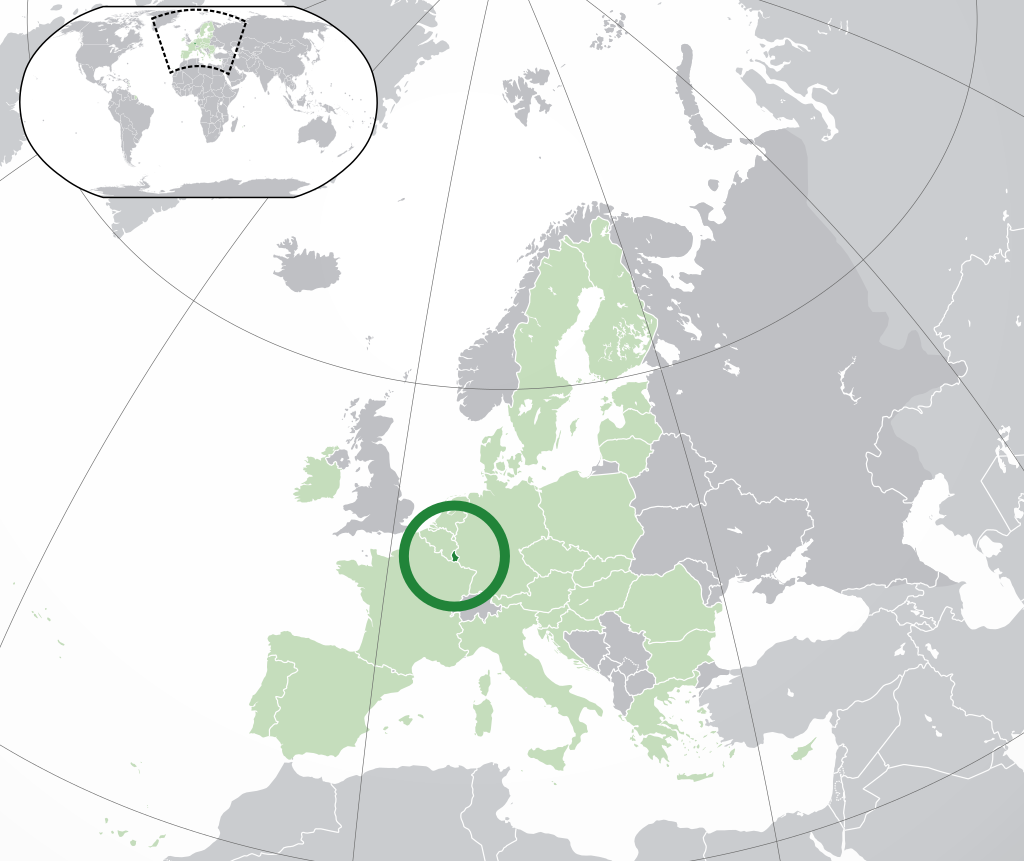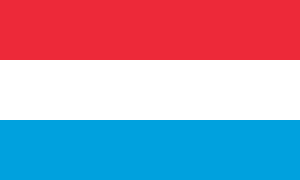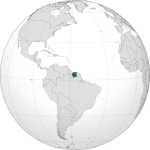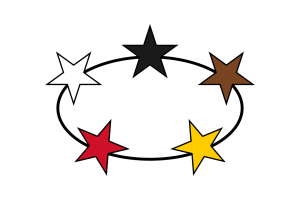In this episode of 80 Days: An Exploration Podcast, we’ll be talking about Burkina Faso (formerly the French Upper Volta), a landlocked country in West Africa bordered by Mali to the northwest, Niger to the northeast, Benin to the southeast, Togo and Ghana to the south, and Côte d’Ivoire to the southwest. As of 2021, the country had an estimated population of just over 20,000,000. Total land area is around 274,000 km² (or roughly 106,000 sq mi), making it slightly smaller than Italy, slightly larger than New Zealand or the US state of Colorado. Burkina Faso has a primarily tropical climate with two very distinct seasons, wet and dry. Its northern regions are in the Sahel, making them very dry and arid, while the more southern regions are cooler and more tropical.
The Mossi people, which still dominates the country today, moved into the region around 1100, and still makes up around 50% of the ethnic population. These were a tribal, agrarian society with a love of horses. Other important ethnic groups include include Fulani 8.4%, Gurma 7%, Bobo 4.9%, Gurunsi 4.6% Senufo 4.5%, Bissa 3.7%, Lobi 2.4%, Dagara 2.4%, Tuareg/Ikelan 1.9%, Dioula 0.8% (percentages of modern population). In 1896, it was colonized by the French as part of French West Africa; in 1958, a new nation named Upper Volta became a self-governing colony within the French Community. In 1960, it gained full independence with Maurice Yaméogo as president. However, since then the country has struggled to maintain political stability, with political coups or uprisings taking place in 1966, 1980, 1982, 1983, 1987, and twice in 2022.
The nation is quite poor, and is one of the world’s least-economically developed, with around 75% of people to this day living off subsistence agriculture. Burkinabe farmers are well-known for working to music, usually drums. Burkina Faso is also one of the youngest countries in the world, thanks to very high fertility (Women have on average 5 children each) and a low average life expectancy, which currently stands at just under 60, among the lowest in the world. The median age is only around 17, and this has caused a massive spike in population over the past half-century, as yearly population growth rate is more than double the world average.
Your hosts, as always, are Luke Kelly @thelukejkelly in Dublin, Ireland, Mark Boyle @markboyle86 in Toronto, Canada, and Joe Byrne @anbeirneach in Dublin, Ireland. Our theme music and other stings come from Thomas O’Boyle @thatthomasfella.


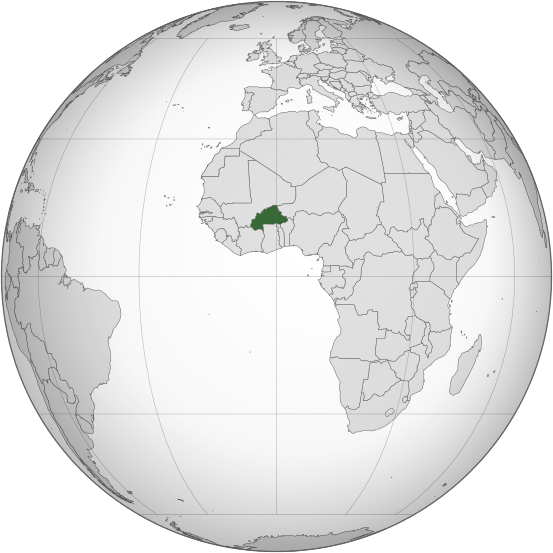
Some further reading material is provided below:
- “Historical Dictionary of Burkina Faso“, Second Edition, by Daniel Miles McFarland and Lawrence A. Rupley
- “The Mossi of the Upper Volta” by Elliot P. Skinner
- “Burkina Faso: A History of Power, Protest, and Revolution” by Ernest Harsch
- UNESCO Heritage sites include nearby Bura complex of iron-working sites and Loropéni ruins of fortresses on the gold trading routes. See also Wikipedia article on Blacksmiths of western Africa
- The “griot” class in Mossi society are called the Bend Naaba, which transmits historical data and the head chief at Ouagadougou is called the the Moro-Naba or Mogho Naba. The legendary ancestor of the Mossi chiefs is the warrior princess Yennega (UNESCO biography).
- A good starting point for learning about traditional masks in Burkinabe cultures is the Wikipedia article on Art of Burkina Faso, and various museum archives, such as Princeton
- PhD thesis by Amy Niang “Naam : political history as state ideology“, investigation of some of the political theory underpinning Mossi states
- Biography of Burkinabe historian Dim Delobsom
- “Jihad and State Building in Late Nineteenth Century Upper Volta: The Rise and Fall of the Marka State of Al-Kari of Bousse” by Myron Echenberg
- DW African Roots Podcast: “Revolutionary Martyrs: Thomas Sankara and Patrice Lumumba” (clip of Sankara’s voice from here)
- Discussion on the translingual new name Sankara gave the country: Burkina Faso
- France24: Capital’s residents remain fearful after soldiers’ mutiny
- Al Jazeera: Timeline of Burkina Faso unrest (2022)
- Al Jazeera: Campoaré is gone
- Reuters: Ex-Burkina Faso president Compaore apologises to family of slain predecessor
Music includes:
- “African Drumming” Facebook page: Mossi men dance the Warba
- Mossi music: Badini Karim dig Yegdyanga. Vol. 2. (YouTube): [Archived: Burkina Faso 1996]
- Lobi music: Rejoicing Music (YouTube)
- Wikipedia: Music_of_Burkina_Faso
- FolkCloud: Music of Burkina Faso

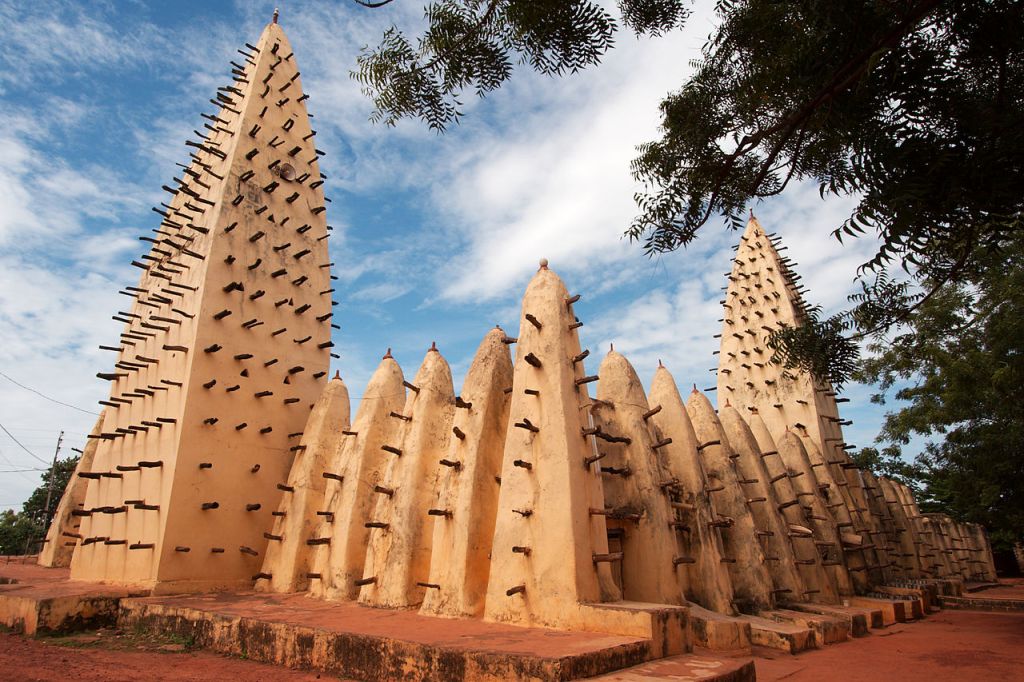
Thanks to all our patrons who support the show. We really appreciate your continued backing of us. If you want to join them, more information is available at www.patreon.com/80dayspodcast
